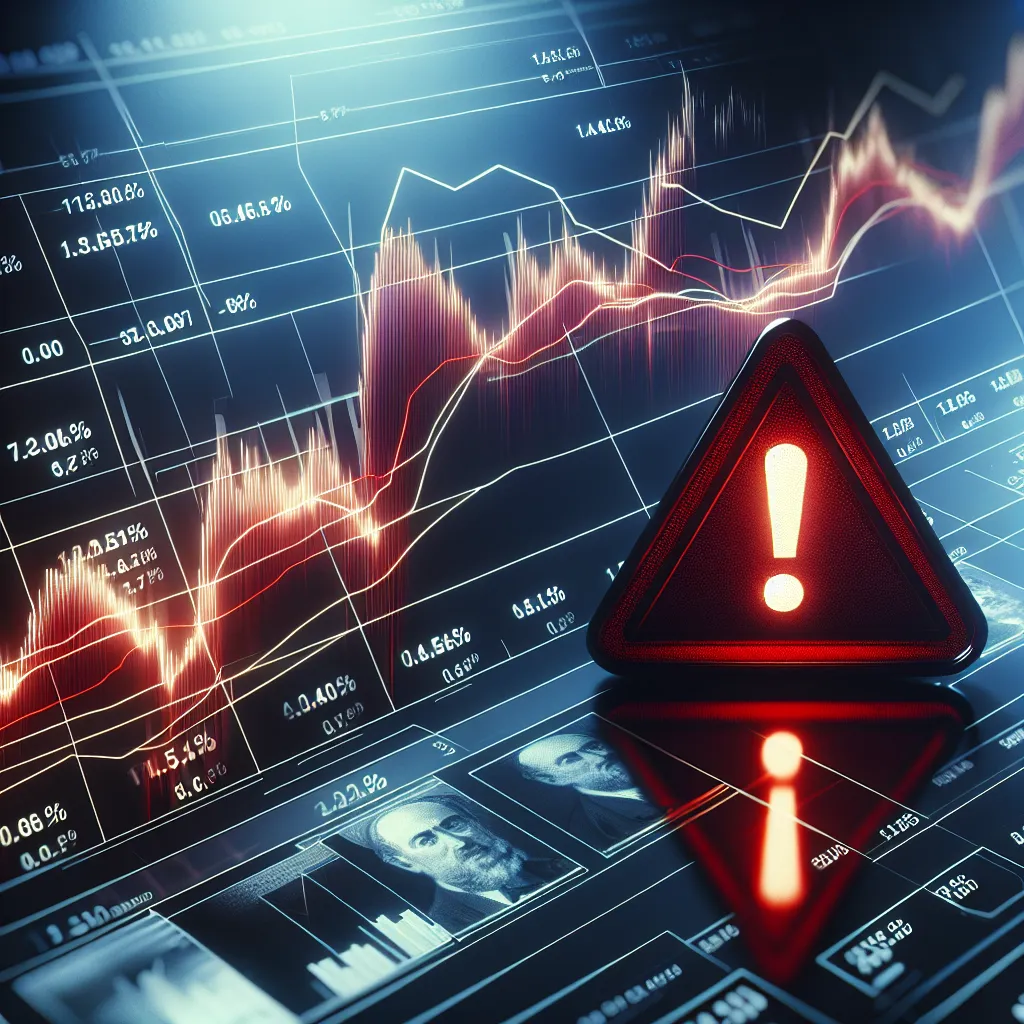IMF raises growth forecast for China.To translate the speech, click on the microphone.


In the US, rising levels of interest rates and bond yields after struggling with inflation are making borrowing more costly for government, businesses and households, increasing the risk of default and bankruptcy for companies. While the big central banks' battle against high inflation continues, the cycle of monetary contraction continues.
According to International Monetary Fund (IMF) data released in October, policymakers have increased interest rates in advanced economies by an average of 400 basis points and in emerging economies by about 650 basis points since the end of 2021 to cope with high inflation.
The U.S. Federal Reserve has raised its''s policy interest rate to 5.25-5.50%, the highest in 22 years, while the European Central Bank increased the refinancing rate to 4.50%, the deposit rate to 4% and the marginal funding rate to 4.75%.
Despite tight monetary policy by central banks, inflation remains high, even though this is unusual for many economies, including the US and Europe. Analysts point out that because inflation continues to rise, central banks may need to keep interest rates high for longer.
The rise in bond yields is also tightening financial conditions and keeping the bond market under pressure due to expectations that''large central banks will keep interest rates high for a long time. When bonds are sold, yields rise, driving bond prices down and yields up. It is particularly important to note that in the US, the rise in inflation is well above the 2% target and macroeconomic data suggests that economic activity is not slowing to the desired level, which is one of the main reasons for the pressure on the bond market.
Analysts have pointed out that higher bond yield rates also increase financing costs for the government and companies in the U.S., which could hurt their profitability. According to a Bloomberg analysis, annual payments on''U.S.


The rising bond yields are also reducing consumers' purchasing power as a result of high interest rates. This puts pressure on corporate profits and could be a catalyst for a wave of defaults, leading to bankruptcies and increased job losses.
According to Moody's International Credit Rating Agency, the global default rate stood at 4.5% in September, the highest since 2021. It is also noticeable that the rate is higher than the historical average of 4.1%. The rating agency notes that the default rate is rising in the face of slowing economic growth,''aggressive interest rate hikes and high inflation. In the U.S., the default rate rose from 4.9 percent in August to 5 percent at the end of September.
The rise in default rates is projected to continue next year, according to Moody's, which predicts the U.S. default rate will reach 5.4% in January. Analysts said this increase in default rates could be triggered by factors such as waiting longer for high interest rates, limited access to credit, worsening economic conditions due to "stubborn" inflation and lack of government or central-bank support.
The high interest rate environment is having a negative impact on both businesses and consumers and is leading to an increase in iflases.
Comment
Popular Posts
Popular Offers

Subscribe to the newsletter from Hatamatata.com!
Subscribe to the newsletter from Hatamatata.com!
I agree to the processing of personal data and confidentiality rules of Hatamatata







